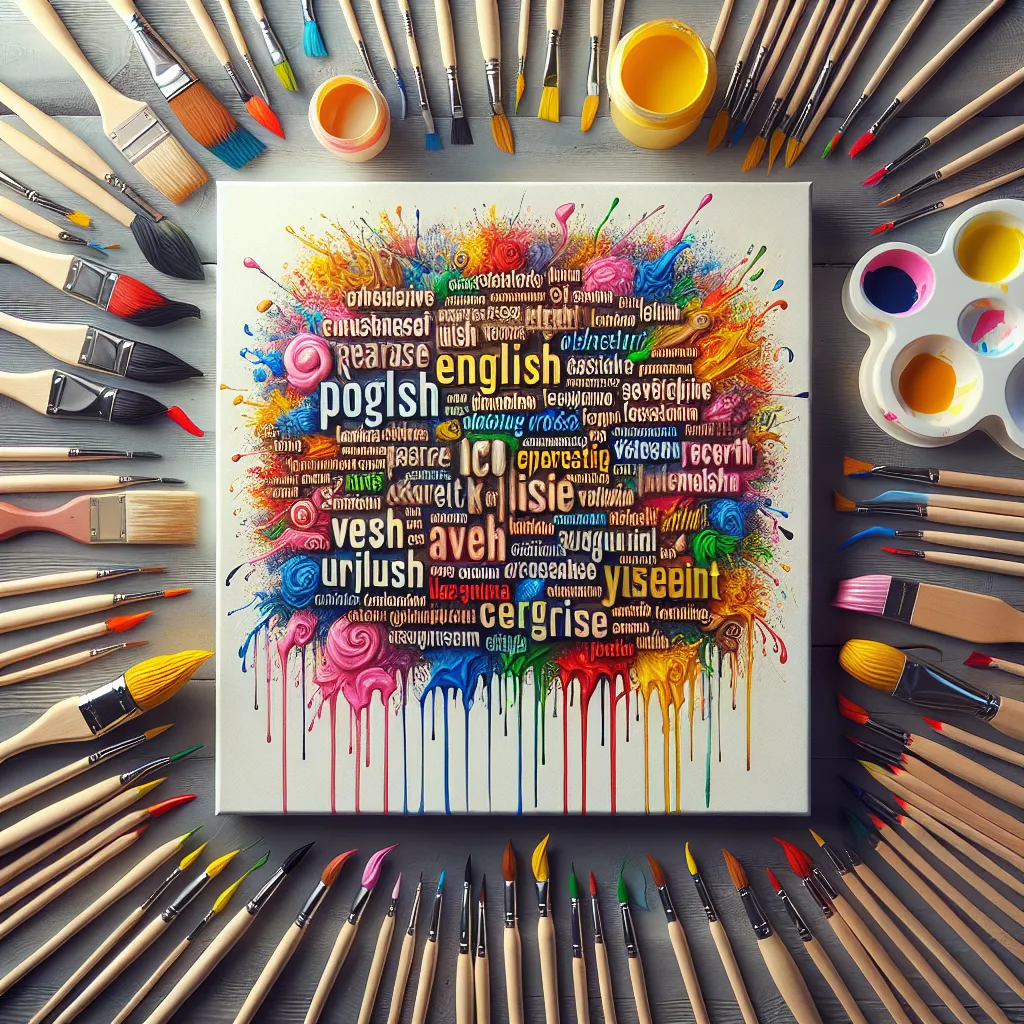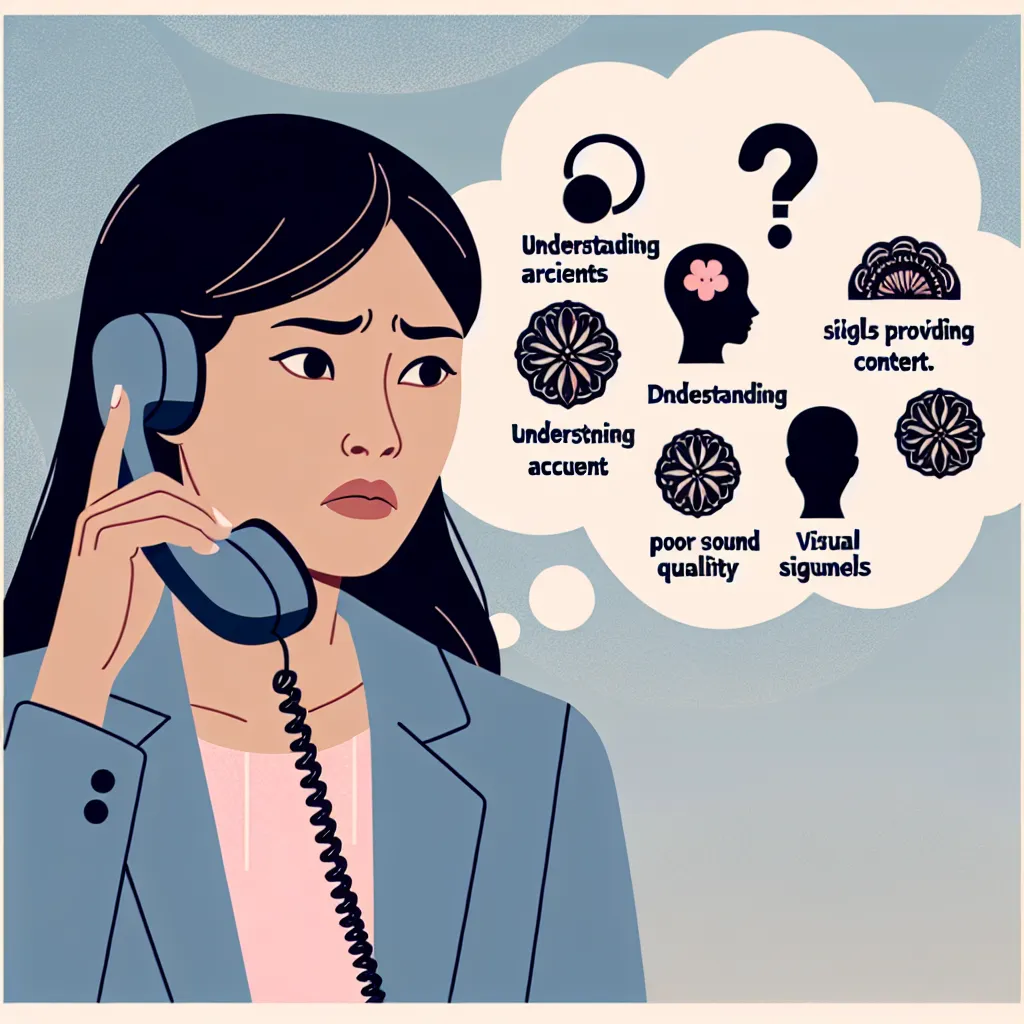Learning English doesn’t have to be a monotonous task of memorizing vocabulary and grammar rules. By incorporating art and creativity into your language learning journey, you can make the process more engaging, enjoyable, and effective. This guide will explore various ways to learn English through artistic expression and creative activities, helping you improve your language skills while nurturing your imagination.
 Learning English through art and creativity
Learning English through art and creativity
Why Use Art and Creativity to Learn English?
Integrating art and creativity into your English learning process offers numerous benefits:
- Enhanced engagement: Creative activities make learning more enjoyable, increasing your motivation to practice regularly.
- Improved retention: Visual and hands-on learning experiences help you remember vocabulary and grammar more effectively.
- Cultural understanding: Exploring art forms from English-speaking countries provides insights into their culture and history.
- Emotional connection: Expressing yourself through art creates a personal connection to the language, making it more meaningful.
- Holistic skill development: Creative activities often involve multiple language skills simultaneously, such as reading, writing, speaking, and listening.
Creative Methods to Learn English
1. Drawing and Painting
Drawing and painting can be powerful tools for learning English vocabulary and expressions. Here are some ideas to get started:
- Create visual vocabulary cards: Draw or paint images to represent new words, helping you associate the term with a visual cue.
- Illustrate idioms: Bring English idioms to life by creating literal interpretations of their meanings through art.
- Describe your artwork: Practice speaking and writing by explaining your creations in English.
2. Photography and Digital Art
In today’s digital age, photography and digital art offer unique opportunities for language learning:
- Photo essays: Create a series of photographs that tell a story, then write captions or a narrative in English to accompany them.
- Visual prompts: Use digital art tools to create imaginative scenes, then describe them in detail using English.
- Social media challenges: Participate in English-language photo challenges on platforms like Instagram, practicing both your photography and language skills.
3. Music and Songwriting
Music is a universal language that can greatly enhance your English learning experience:
- Analyze lyrics: Study the lyrics of English songs to learn new vocabulary, idioms, and cultural references.
- Write your own songs: Practice creative writing by composing lyrics in English, focusing on rhyme and rhythm.
- Sing along: Improve your pronunciation and fluency by singing English songs regularly.
For more ideas on incorporating storytelling into your language learning, check out our article on how to practice English by engaging in storytelling activities.
4. Theater and Role-playing
Dramatic arts can help you gain confidence in speaking English and improve your communication skills:
- Perform monologues: Memorize and perform short English monologues to practice pronunciation and intonation.
- Improvisation games: Engage in impromptu role-playing exercises to practice thinking and speaking in English spontaneously.
- Puppet shows: Create simple puppet shows in English, allowing you to practice dialogue and storytelling.
To explore more about role-playing in language learning, visit our guide on how to improve English through role-playing exercises.
5. Creative Writing
Writing creatively in English can significantly improve your vocabulary, grammar, and self-expression:
- Short stories: Write brief fiction pieces in English, focusing on different themes or genres.
- Poetry: Experiment with various poetic forms to practice rhythm, rhyme, and figurative language.
- Journal entries: Keep a daily or weekly journal in English, describing your thoughts, experiences, and observations.
For more inspiration on creative writing in English, check out our article on how to improve English through creative writing.
Tips for Maximizing Your Learning
To make the most of learning English through art and creativity, consider the following tips:
- Set realistic goals: Start with small, achievable projects and gradually increase complexity as your skills improve.
- Create a routine: Dedicate regular time to your creative English learning activities.
- Join communities: Participate in English-language art forums or classes to practice with others and receive feedback.
- Embrace mistakes: Don’t be afraid to make errors; they’re an essential part of the learning process.
- Seek inspiration: Explore works by English-speaking artists, writers, and musicians to fuel your creativity.
Overcoming Challenges
While learning English through art and creativity can be highly effective, you may encounter some challenges:
- Perfectionism: Remember that the goal is to improve your English, not to create masterpieces. Focus on the learning process rather than the final product.
- Vocabulary limitations: Use this as an opportunity to expand your vocabulary by researching the terms you need to express your ideas.
- Time constraints: Start with small, manageable creative projects that fit into your schedule.
If you’re looking for ways to learn English with limited resources, our article on tips for learning English with minimal resources might be helpful.
Next Steps
Now that you have a variety of creative methods to learn English, it’s time to put them into practice:
- Choose one creative activity from this guide to try this week.
- Set a specific goal, such as learning 10 new vocabulary words through drawing.
- Share your creative work with a language exchange partner or tutor for feedback.
- Reflect on your progress and adjust your approach as needed.
Remember, the key to successful language learning is consistency and enjoyment. By incorporating art and creativity into your English studies, you’ll not only improve your language skills but also discover new ways to express yourself and understand the world around you.
For more innovative approaches to language learning, explore our article on how to improve English through storytelling.
Learning English through art and creativity is a journey of self-discovery and linguistic growth. Embrace the process, celebrate your progress, and most importantly, have fun as you explore the beautiful intersection of language and artistic expression.




